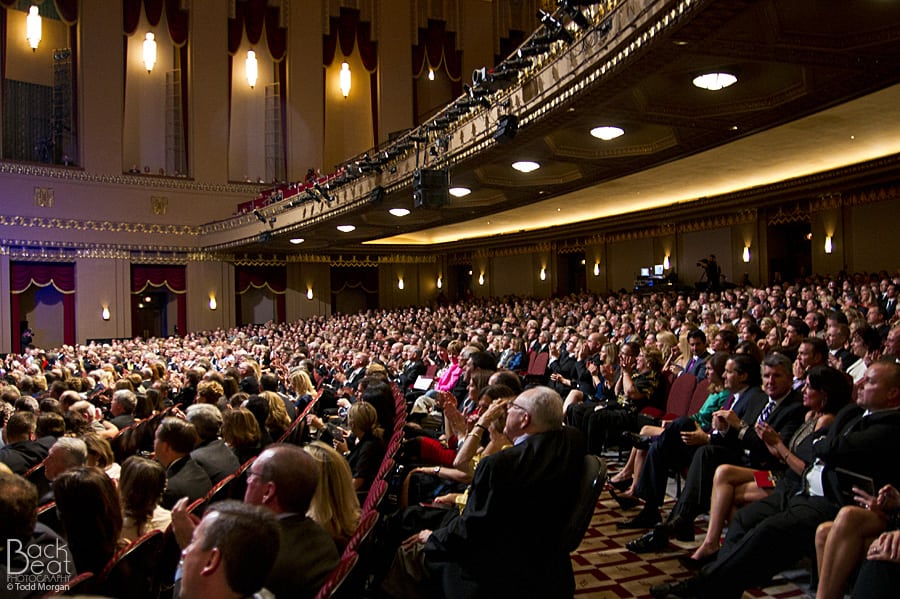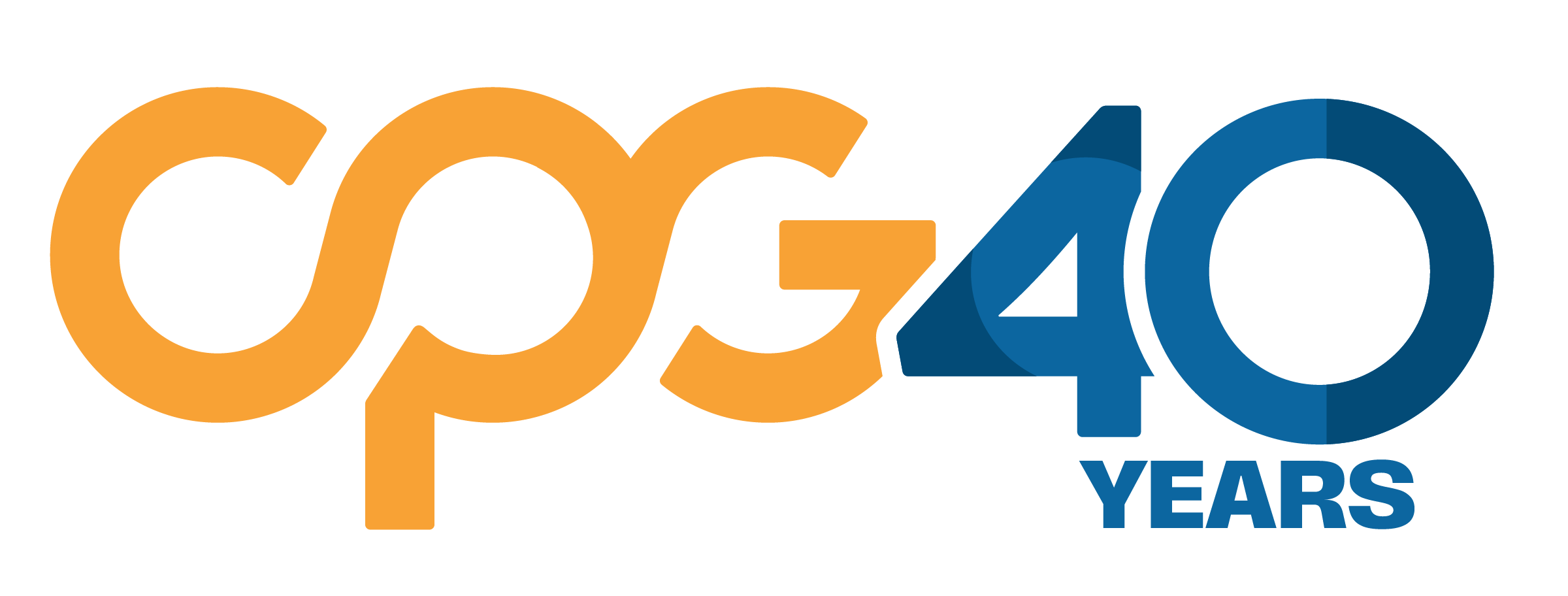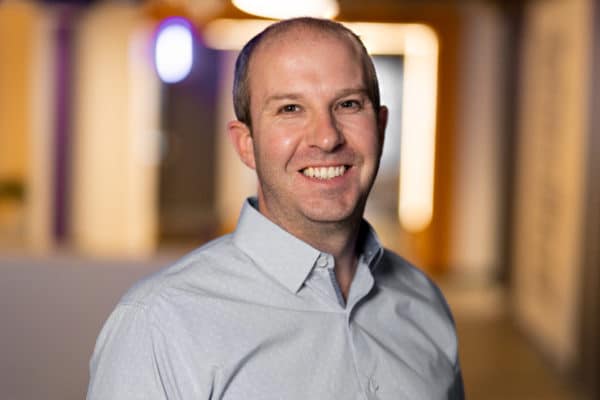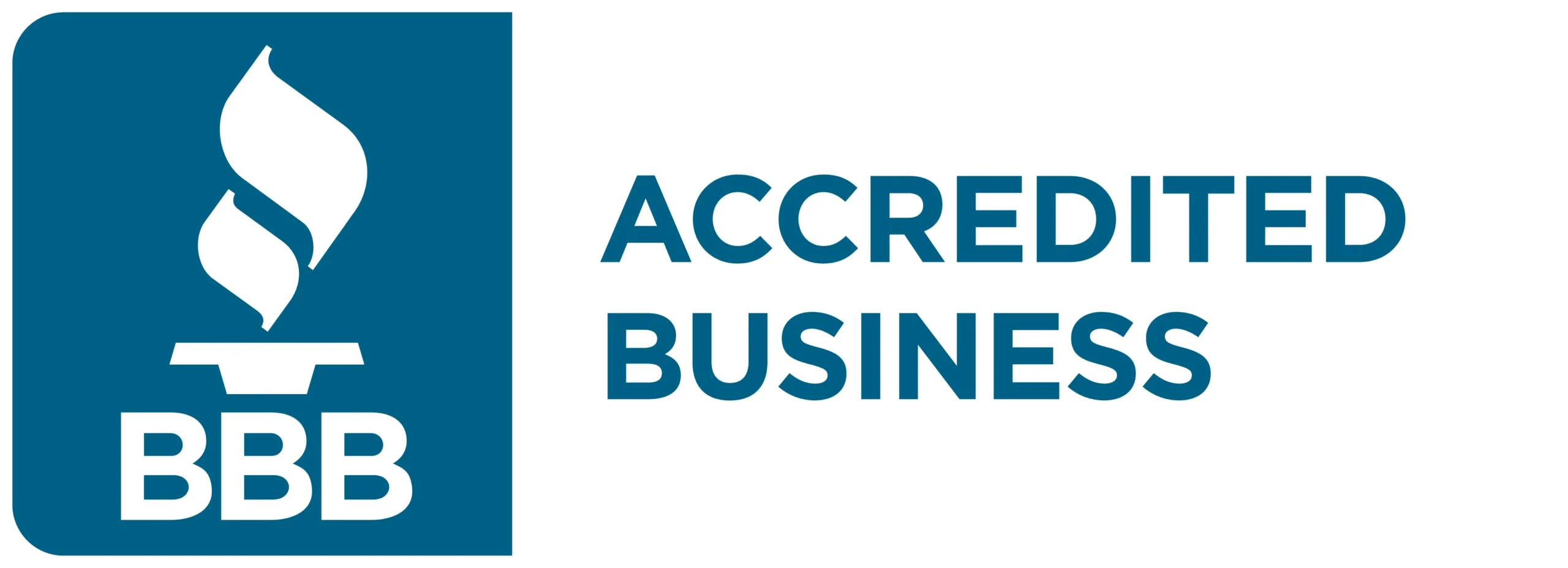Key Elements of Your Event’s Design Thinking Process
1. Inspiration and Empathy
The first step of design thinking is collecting inspiration. The goal is to break away from old tools and seek innovation. If you think deeply about what your attendees need (and even ask them directly), you can discover new ways to achieve your goals. Begin with the best possible understanding of your users and attendees.
Try to understand attendee behaviors, thoughts, actions, emotions, and unmet needs. You want to remove judgement from the experience and put aside the beliefs you think attendees have always had.
Remember the “Networkian” from earlier? Turns out she’s always thought your event’s social mingling was outdated. She’s a social butterfly who has fun either way, but wishes there was some more proactive uses of technology that connected her to new and interesting professionals.
Now that you’re in her shoes, you see what she means. So, as an example of a design solution, you may want to consider implementing brain dates at your next convention.
2. Define the Problem
This is when you synthesize the previous information you discussed about attendees. You want to go over the current state of your annual corporate event and what current obstacles it faces. Identify patterns and consider what some challenges are according to your ideas from the empathy stage.
Keep your attendee lens on when you determine your problem. Let’s say that the “First Timer” at your event is disappointed with the registration booths because they’re confusing. The event is already off to a bad start for the “First Timer” and a bad impression is the last thing you want. Now, you see that your company could do a lot more to make the next steps very clear, whether at check-in and even check-out.

3. Develop Creative Solutions
Turn your observations into concrete ideas that serve to help your attendees. Go back to the problems you defined and how you can tackle those while thinking from the attendee perspective. This can be a tough part of the process because you want to make sense of a jumble of information. Look for new opportunities and ask yourself relevant questions.
“The Dominator” may prefer to utilize in-between sessions to communicate with others. And since they want to own the scene, they may even be looking for a more customized experience. Here you can ask yourself how and where can we offer greater personalization for “The Dominator” and others?
Tee up the questions and let your team tackle them with any solutions that come to mind. Remember, this is a brainstorming process, so get everything out on the table.
4. Make your Ideas Tangible
Now turn your concrete ideas into actual prototypes. Experiment and turn your insights into real things. This might be a storyboard for your event or creating an event app prototype. Remember to design and create with the attendee in mind. Transforming ideas into tangible things will show you whether or not they have real potential.
Imagine “The Silenteer” processing everything at the event. They’ll want to use an app that is engaging and helpful, because they will intently be using it. When you create your prototype, tailor it to the needs of the “The Silenteer” or another persona.
5. Test Those Ideas
The last part of the Design Thinking process is testing these ideas and seeing how effective they are. This will help you make refinements. Your outcome could be changing what the problem is or thinking of a different solution. Testing will show you what changes you should make and which ideas are not going to work out.
And remember, testing is collaborative and experimental. You may try many options and keep experimenting before you see the perfect results.
Download Our eBook: 8 Fundamentals of an Internal Communications Strategy
If your people are sending out the “whatever” vibes, it’s time to get back to the basics. Make sure your internal communication strategy is following 8 fundamentals to cultivate an engaged workforce aligned with your company’s success.
Design Thinking is Your Competitive Advantage
Through this Design Thinking approach, CPG Agency and Maritz Travel can help drive creativity and innovation into your event’s business strategy. This process gives you a fresh, humanized solution for your same old, no results problem.
By eliminating judgement, you eliminate fear of failure and maximize input and participation. This ensures a positive environment where ideas can flourish. Using Design Thinking as a process means you care more about the attendee experience.
Design for all types of attendee personas so you create loyal, transformed event attendees who buy into your brand purpose and carry the company values with them when they return to work.






